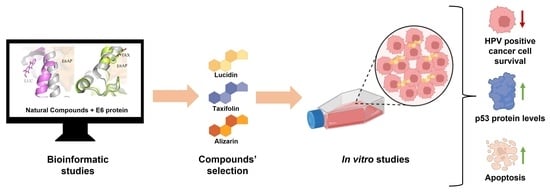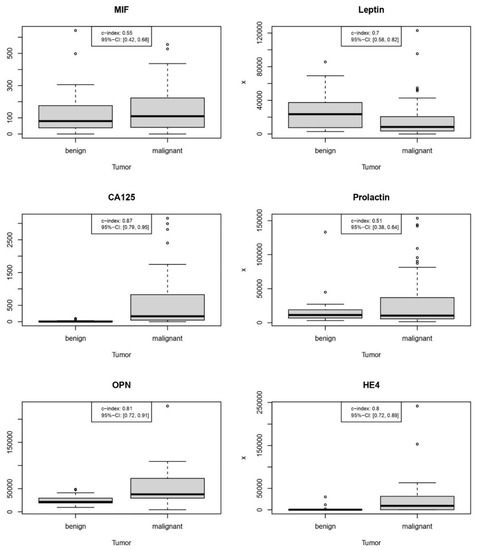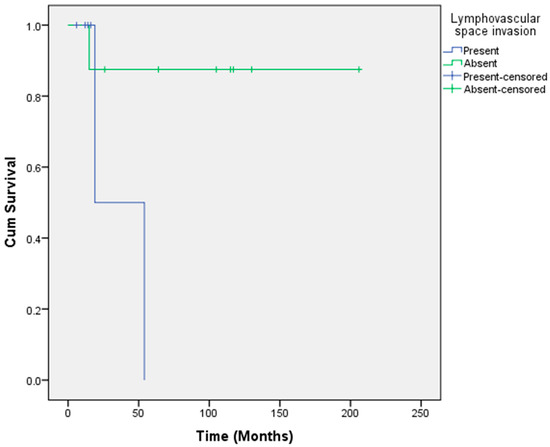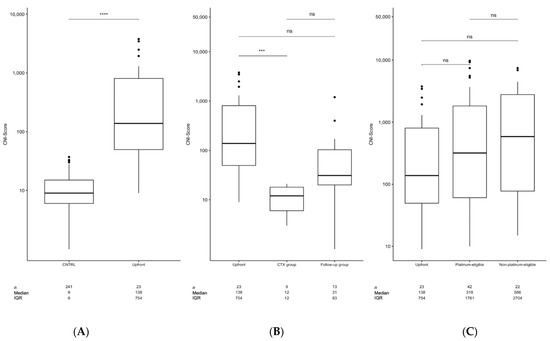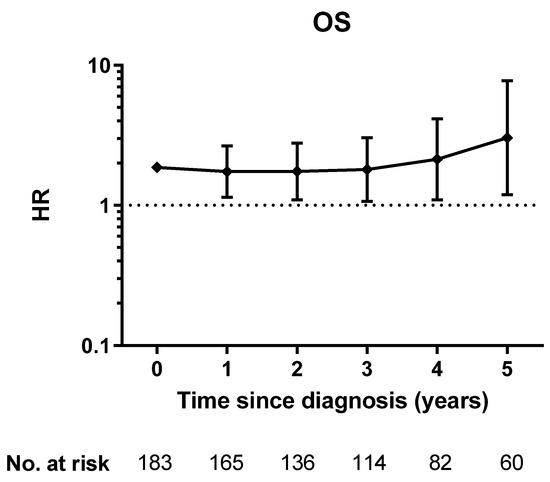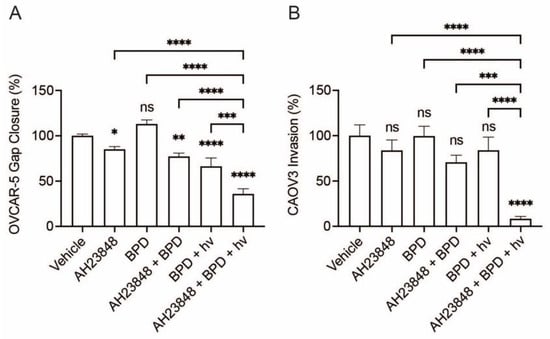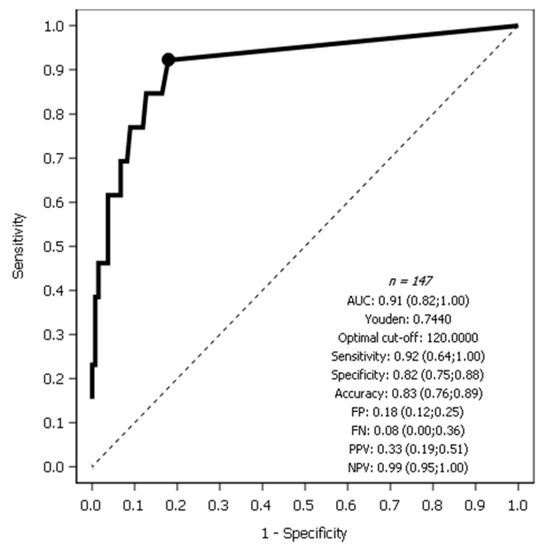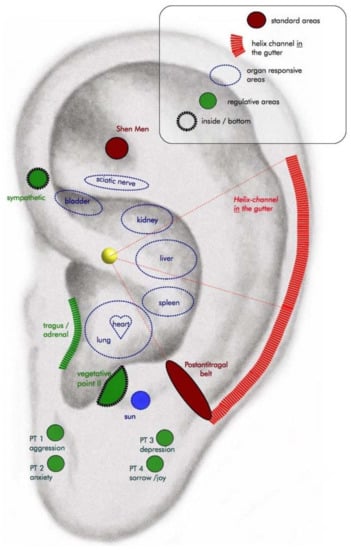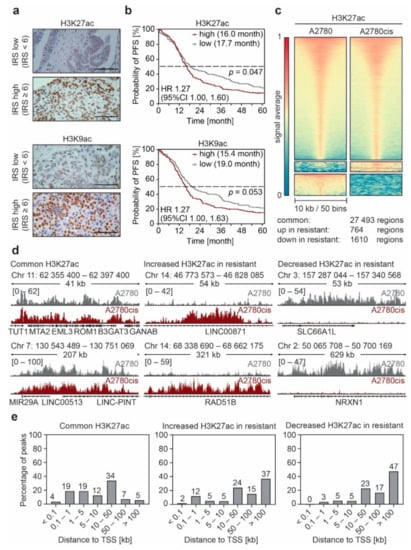Innovative Concepts in the Diagnosis and Treatment of Gynecologic Malignancies (Closed)
A topical collection in Cancers (ISSN 2072-6694). This collection belongs to the section "Cancer Therapy".
Viewed by 49346Editors
Interests: gynecologic oncology; tumor biology of ovarian cancer; medical treatment for cervical cancer precursor lesions
Special Issues, Collections and Topics in MDPI journals
Interests: gynecologic oncology; tumor biology of ovarian cancer; medical treatment for cervical cancer precursor lesions
Special Issues, Collections and Topics in MDPI journals
Topical Collection Information
Dear Colleagues,
Gynecologic oncology has evolved—same as many other areas in the field of oncology—dramatically in recent years. The introduction of molecular analysis has changed the way we classify endometrial and epithelial ovarian cancers completely. Moreover, surgical treatment concepts have developed with the introduction of the sentinel lymph node technique to spare patients from unnecessary morbidities. Finally, predictive biomarkers such as BRCA mutations, homologous recombination deficiency or microsatellite instability have revolutionized the treatment of a variety of gynecologic malignancies.
In this Topical Collection, we would like to cover highly innovative findings and concepts within the field of gynecologic oncology ranging from diagnostics to therapeutic approaches, which could improve the way we diagnose, classify, and/or treat gynecologic malignancies.
Dr. Christoph Grimm
Dr. Stephan Polterauer
Collection Editors
Manuscript Submission Information
Manuscripts should be submitted online at www.mdpi.com by registering and logging in to this website. Once you are registered, click here to go to the submission form. Manuscripts can be submitted until the deadline. All submissions that pass pre-check are peer-reviewed. Accepted papers will be published continuously in the journal (as soon as accepted) and will be listed together on the collection website. Research articles, review articles as well as communications are invited. For planned papers, a title and short abstract (about 100 words) can be sent to the Editorial Office for announcement on this website.
Submitted manuscripts should not have been published previously, nor be under consideration for publication elsewhere (except conference proceedings papers). All manuscripts are thoroughly refereed through a single-blind peer-review process. A guide for authors and other relevant information for submission of manuscripts is available on the Instructions for Authors page. Cancers is an international peer-reviewed open access semimonthly journal published by MDPI.
Please visit the Instructions for Authors page before submitting a manuscript. The Article Processing Charge (APC) for publication in this open access journal is 2900 CHF (Swiss Francs). Submitted papers should be well formatted and use good English. Authors may use MDPI's English editing service prior to publication or during author revisions.
Keywords
- ovarian cancer
- endometrial cancer
- vulvar cancer
- cervical cancer
- homologous recombination
- targeted therapy
- DNA damage repair
- biomarkers
- imaging
- individualized treatment








